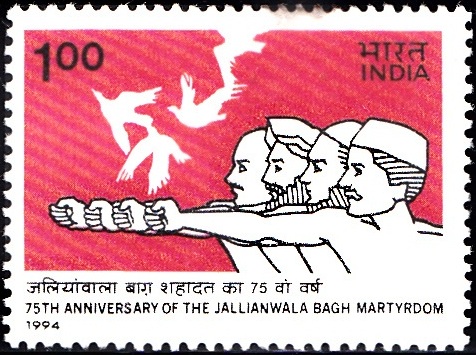
Jallianwala Bagh Martyrdom 1994
A commemorative postage stamp on the 75th Anniversary of the Jallianwala Bagh Massacre (Amritsar massacre), a horrific atrocity done to Indians by British Empire :
 Issued by India
Issued by India
Issued on Apr 13, 1994
Issued for : The Dept. of Posts is privileged to bring out a special postage stamp to commemorate the 75th Anniversary of the Jallianwala Bagh Martyrdom.
Credits :
Stamp design : Suresh Kumar
Cancellation : Alka Sharma, Artist Dept. of Posts.
Type : Stamp, Mint Condition
Colour : Two Colour
Denomination : 100 Paise
Overall size : 3.91 x 2.90 cms.
Printing size : 3.55 x 2.54 cms.
Perforation : 13 x 13
Paper : Imported Un W/M Adhesive Gravure Coated Stamp Paper in reels of 47 cms width
Number of stamps Printed : 1 Million
Number per issue sheet : 35
Printing Process : Photogravure
Printer : India Security Press
About :
- An irregular quadrangle of space indifferently walled, three trees, a shrine, a well and a narrow entrance. This was Jallianwala Bagh, where, on that fateful Sunday, the 13th of April, 1919, an assembly of about 25000 unarmed and defenceless people was mowed down, under a hail of bullets from the guns at the command of General Dyer. The whole scene was macabre. It was estimated that 379 people were killed and about 1200 wounded. But the precise numbers will never be known.
- The events that led to this grim and gruesome tragedy on that Baisakhi day are only too well known. The popular resentment against the repressive measures taken by the British rulers had been growing apace with the rising tempo of Indian nationalism. When the infamous Rowlatt Acts were imposed on 23rd March 1919, the cries of “Na Appeal, Na Dalil, Na Vakil“ which rent the air, pithily summed up the draconian character of this legislation. Mahatma Gandhi‘s call for hartal and passive resistance roused the nation to mass action with Punjab and especially Amritsar giving the lead. Prominent leaders were arrested and demonstrations by the people were fired upon resulting in deaths and injury. The military was called in to take charge of Amritsar.
- On the 13th of April 1919, the ban on public meetings which was announced early in the day, was not heard by many in the city and especially those who came in from the outskirts for the Baisakhi Mela. As the hour of dusk drew near, the peaceful gathering in Jallianwala Bagh swelled to many thousands of people whose one thought was to demonstrate their solidarity and express their will to freedom. Little did they realize the fate that awaited them.
- The martyrdom of those who laid down their lives that day at Jallianwala Bagh, strengthened the resolve of the people to oppose foreign rule, undaunted by suffering and struggle for independence and hastened the dawn of freedom. Today Jallianwala Bagh is an everlasting symbol of nonviolence, peace, unity and steadfastness of purpose in the quest for liberty and freedom.


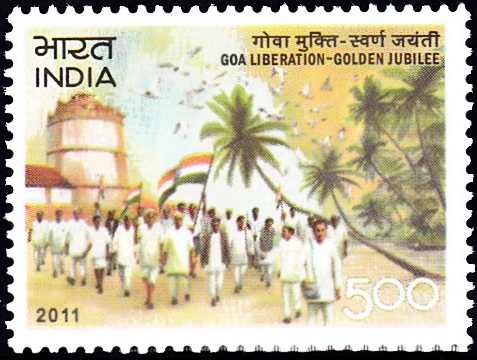
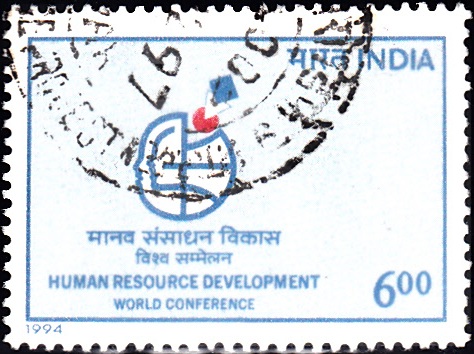
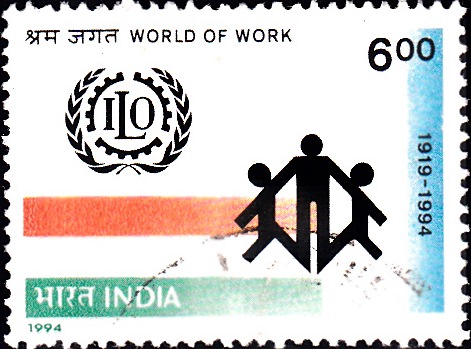
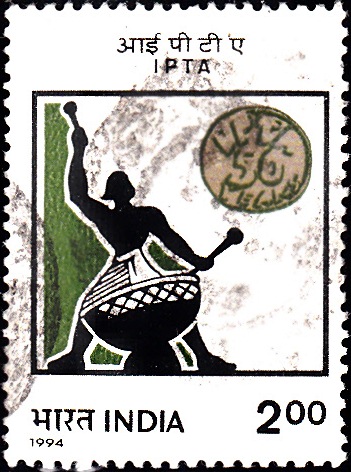
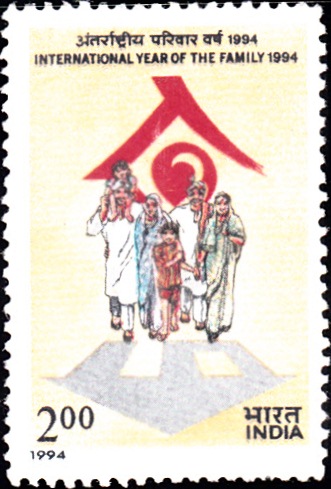
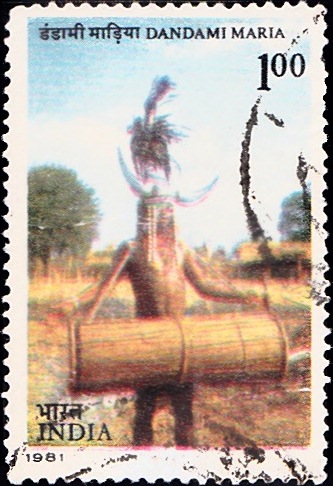
[…] there. He set up a painters shop with the signboard of Ram Mohammad Singh Azad. The Massacre at Jallianwala Bagh, Amritsar, on the day of Baisakhi on 13th April, 1919 by General Dyer changed the course of […]
[…] the massacre at Jalianwala Bagh in 1919, he joined the Congress under the leadership of Mahatma Gandhi. He was convicted and jailed […]
[…] a student at the Patna College he threw away his text books in disgust after the Rowlatt Act and Jalianwala Bagh massacre and refused to pursue a British-style education. Later, in 1922, he sailed for the United […]
[…] independence. He exposed the vicious British propaganda and half truths on the massacre of Jallianwalla Bagh in the European […]
[…] Ajit Singh, uncle of Sardar Bhagat Singh, Lala Hardayal and Lala Lajpat Rai. He witnessed the Jalliwanwala Bagh massacre in 1919, jumped into the freedom struggle and left for home. He started preaching the […]